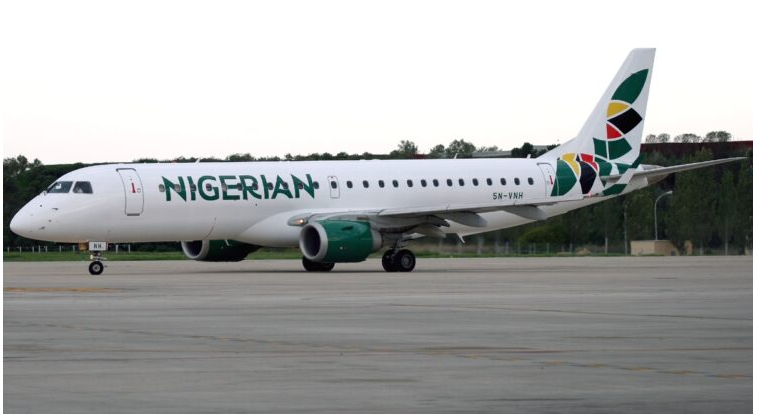
The aviation sector supported 27% of Dubai’s GDP in 2023, with an economic contribution of AED 137 billion (USD 37.3 billion) which is set to rise to almost a third of Dubai’s GDP by 2030. The total aviation sector impact includes the sector’s core impact as well as the catalytic impact of aviation-facilitated tourism The catalytic impact of tourism facilitated by aviation contributed AED 43 billion (USD 11.8 billion) to the local economy in 2023, with its GDP contributions expected to grow by more than 40% by 2030
Emirates Group and Dubai Airports have released an economic impact study that reaffirms the central role aviation plays in Dubai’s economy, by quantifying its contributions and forecasting the sector’s upwards trajectory, based on financial and passenger growth projections for the sector.
The study, compiled by global research firm Oxford Economics, includes an assessment of direct economic activity generated by the aviation sector, indirect activity generated through the sector’s supply chain, and induced activity supported through wage-funded consumption by the local aviation workforce. The study also assesses the catalytic impact of tourism spending facilitated by the aviation sector in Dubai.
His Highness Sheikh Ahmed bin Saeed Al Maktoum, Chairman and Chief Executive, Emirates Airline & Group, and Chairman of Dubai Airports said: Under the leadership of HH Sheikh Mohammed bin Rashid Al Maktoum, Dubai’s aviation sector has been a core pillar of our city’s economic growth strategy to date, and it will continue to play a key role in the D33 Economic Agenda.
Al Maktoum airports), and other aviation sector entities¹ are estimated to have supported AED 137 billion (USD 37.3 billion) in gross value added² (GVA), equivalent to 27% of Dubai’s GDP. This included the core economic impact of AED 94 billion, and AED 43 billion from the catalytic impact of aviation-facilitated tourism. These figures are projected to increase steadily, with aviation activities facilitated by Emirates and Dubai Airports contributing AED 196 billion, or 32% of Dubai’s forecasted GDP by 2030 (in 2023 prices).
A previous economic impact report released by Oxford Economics in 2014 found that the aviation sector contributed to 27% of Dubai’s GDP and supported 417,000 jobs. While the latest results indicate the share of Dubai’s GDP has remained stable, the sector’s gross value added has increased in real terms, with the current figures reflecting faster growth across other sectors, as well as diversification in the wider economy over the past decade. the new airport and surrounding infrastructure will contribute to Dubai’s Economic Agenda (D33), which aims to strengthen the emirate’s trade and tourism footprint. D33’s progressive development plans also seek to make Dubai one of the most connected cities by adding 400 destinations to its foreign trade map, in addition to making it one of the top five logistics hubs in the world.


